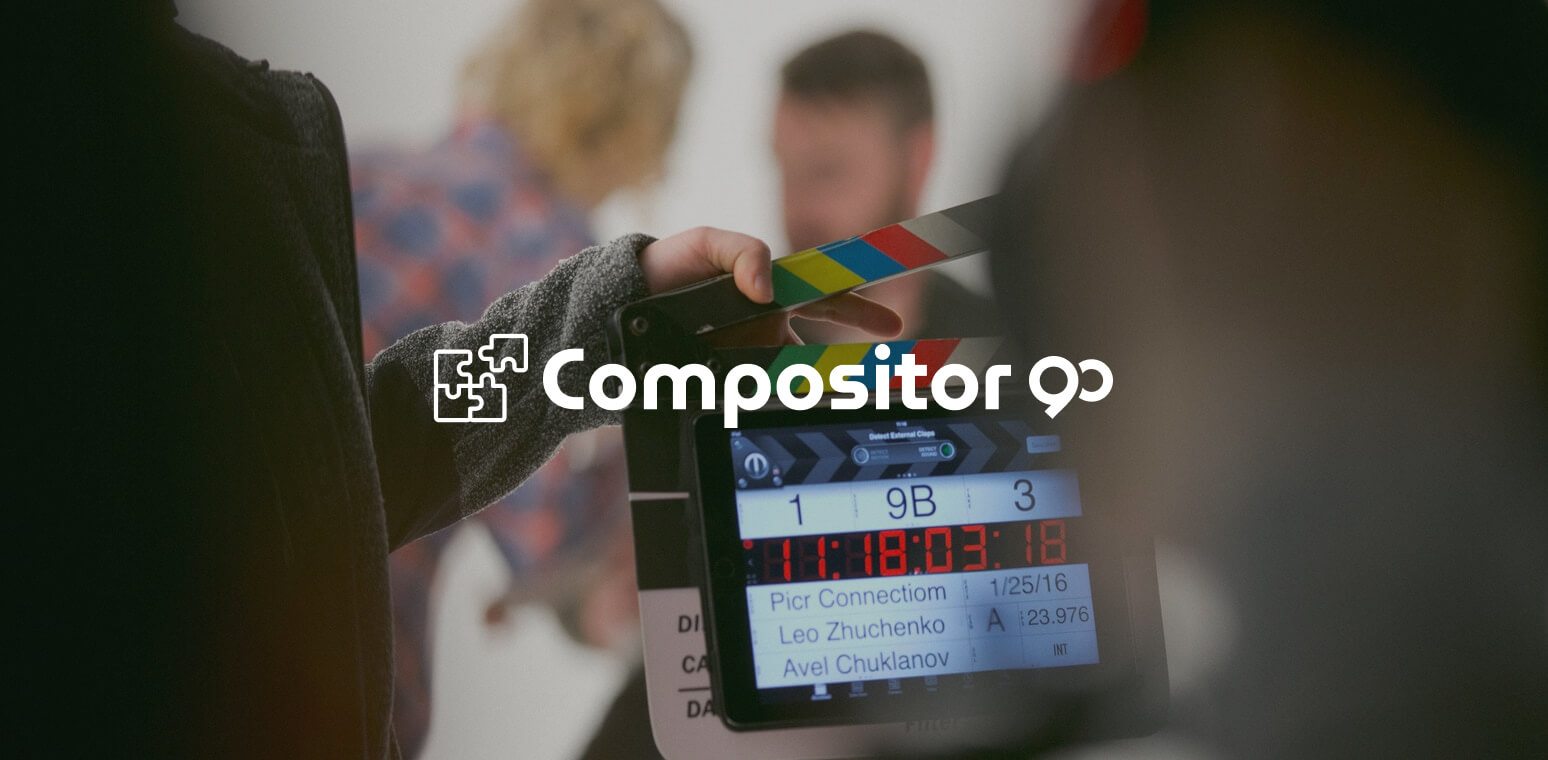Hi,
Get in touch with us today to chat about your next project.

When it comes to creating realistic and believable visual effects, few jobs are as important as the compositor.
These artists combine previously created layers of images, computer animation and live action to static plates. It is through this process that audiences will eventually judge a work’s visual effects.
As a result, skilled compositors are almost always in demand.
What is your primary discipline?
One of the most important steps in knowing how to become a freelance compositor is conveying your primary discipline to prospective employers.
Make sure you properly showcase whether you work in Flame, Flare, Nuke or any combination of skill sets.
If you’ve been fortunate to work on major features, those should fit prominently in your reel.
If, however, you’ve only worked on smaller projects, highlight the more difficult shots in order to showcase your technical abilities.
Your showreel is your calling card to production houses and members of the industry. Take the time to frequently update your reel as your skills improve.
While it is great if one has experience using various types of compositing software, the more prestigious post production houses are going to want to hire a compositor who has mastered either Flame, Flare or Nuke. If you’re working within the advertising industry, Flame operators are a prized commodity since they are often client facing.
When it comes to visual experiences, virtual reality is at the absolute cutting edge. As a result, it’s still a relatively new technology at post production houses, so artists who have experience compositing VR projects are highly sought after. Be sure to mention any VR experience when speaking with recruiters or producers.
No matter your skillset, you won’t get very far if you aren’t good with people. Many compositing jobs involve being in close quarters with a team for an extended period of time. Play up your people skills, and your resume will regularly be at the top of the heap when it comes time to hire a freelancer.
Compositing is an ever changing industry, which means its important to continuously be learning the newest techniques and skills.
Classes at visual effects schools such as Cal Arts are a great way to learn theory and practice, as well as meet with the industry’s best and brightest.
Knowing the major types of software that professionals use is also critical to a freelancer’s success, as post production houses will not wait around for an artist to learn their chosen piece of software. YouTube is a great resource for tutorials and visual effects discussion.
Many post production houses want experienced artists as their chosen freelancers. Often, the best way to get your foot in the door is by getting a job as a staff artist at a post production house and then striking out on your own once you’ve gained enough experience.
Beginning as an entry level runner or production assistant will get your name out in the industry and demonstrate your work ethic. If you’re primarily a Nuke or Flame lead, spending time as an assistant on jobs will lead to bigger and better opportunities to demonstrate your value, and open the doors to endless possibilities.